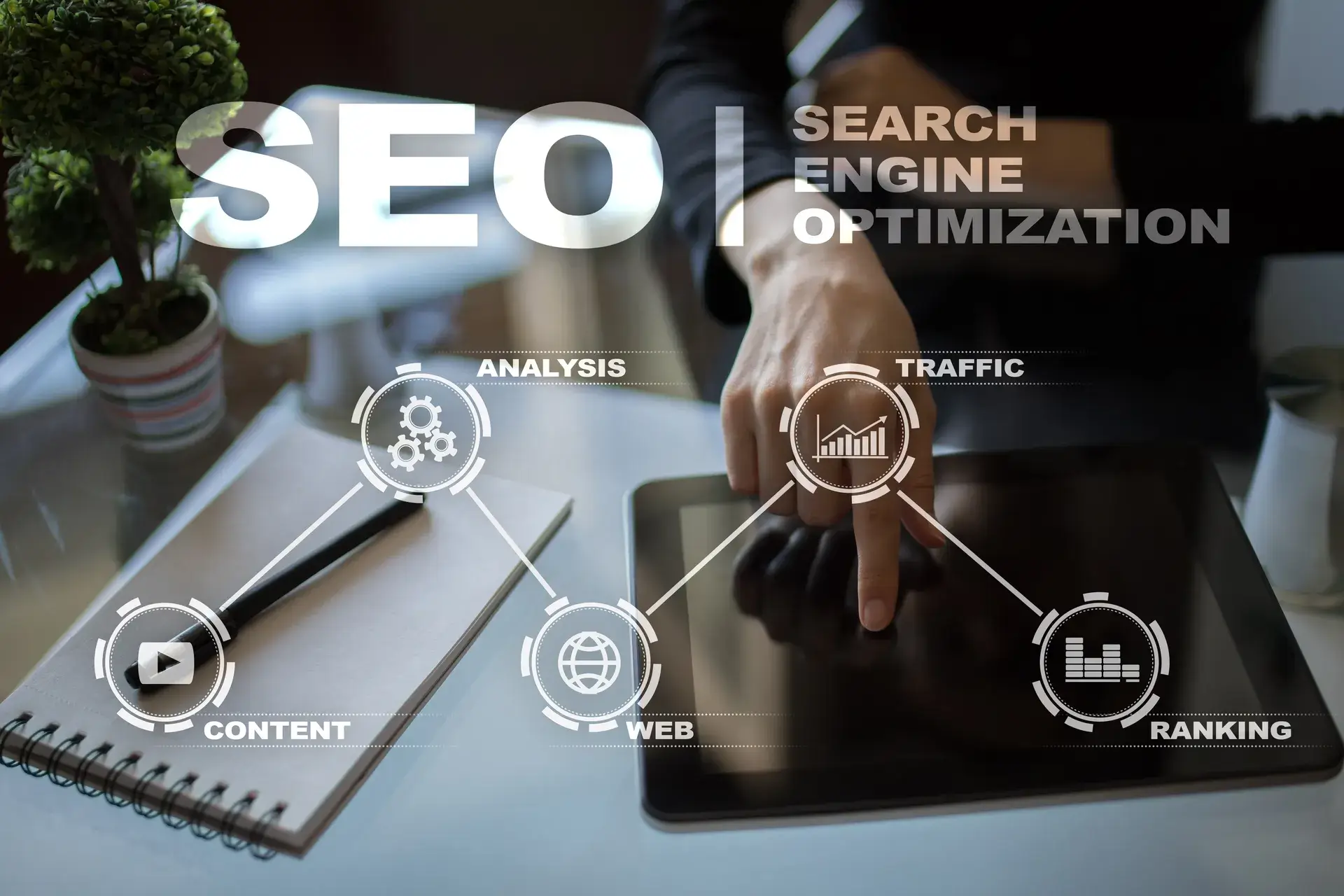Website speed is not only a crucial aspect of user experience but also directly impacts your SEO efforts. In this guide, we will explore how SEO and website speed are interlinked and provide actionable strategies to enhance both. Whether you run a blog, an e-commerce site, or a portfolio, improving your website's loading times can significantly influence your search engine rankings and overall success.
Understanding the Relationship Between SEO and Website Speed
Website speed refers to how quickly a webpage loads its content when accessed by users. Search engines like Google use page speed as a ranking factor, meaning faster websites may rank higher than slower ones. Here are a few statistics to consider:
- According to Google, 53% of mobile users abandon sites that take longer than 3 seconds to load.
- Every second of delay in page load time can result in a 7% reduction in conversions.
How to Improve Website Speed for Better SEO
1. Optimize Images
Images often take up a large portion of a webpage's loading time. Optimize your images by:
- Compressing: Use tools like TinyPNG or ImageOptim to reduce file sizes without losing quality.
- Choosing the Right Format: Use modern formats such as WebP for superior compression.
2. Minimize HTTP Requests
Every element on your webpage generates an HTTP request, which can slow down loading times. To minimize these requests:
- Combine multiple CSS and JavaScript files into single files.
- Use CSS sprites for images and icons.
3. Enable Browser Caching
Browser caching allows web browsers to store some data locally, which reduces load times for repeat visitors. Set appropriate cache expiration times for your resources in your server's settings.
4. Implement Gzip Compression
Gzip compression reduces the size of your website's files, making them quicker to download. Enabling Gzip is typically a straightforward process and can significantly enhance load times.
5. Upgrade Hosting Plans
Your choice of hosting can greatly affect speed. Consider upgrading to:
- Virtual Private Server (VPS): Offers dedicated resources for better performance.
- Cloud Hosting: Provides scalable resources to handle traffic spikes efficiently.
Monitoring Website Speed and Performance
Regular monitoring of your website’s speed is essential. Use tools like Google PageSpeed Insights, GTmetrix, or Pingdom to analyze your site’s performance and identify areas for improvement.
Conclusion
Integrating SEO strategies with website speed optimization can significantly improve user experience and your site's search visibility. By focusing on image optimization, minimizing HTTP requests, enabling browser caching, implementing Gzip compression, and upgrading your hosting plans, you can enhance both speed and SEO effectively. At Prebo Digital, we specialize in creating optimized websites designed to perform well on search engines. Contact us the next time you're ready to rev up your online presence!







